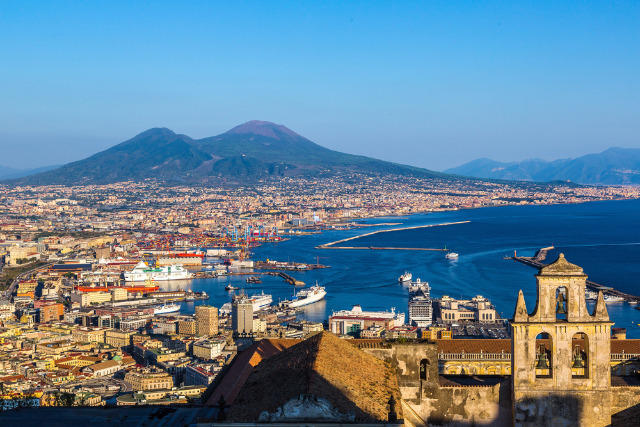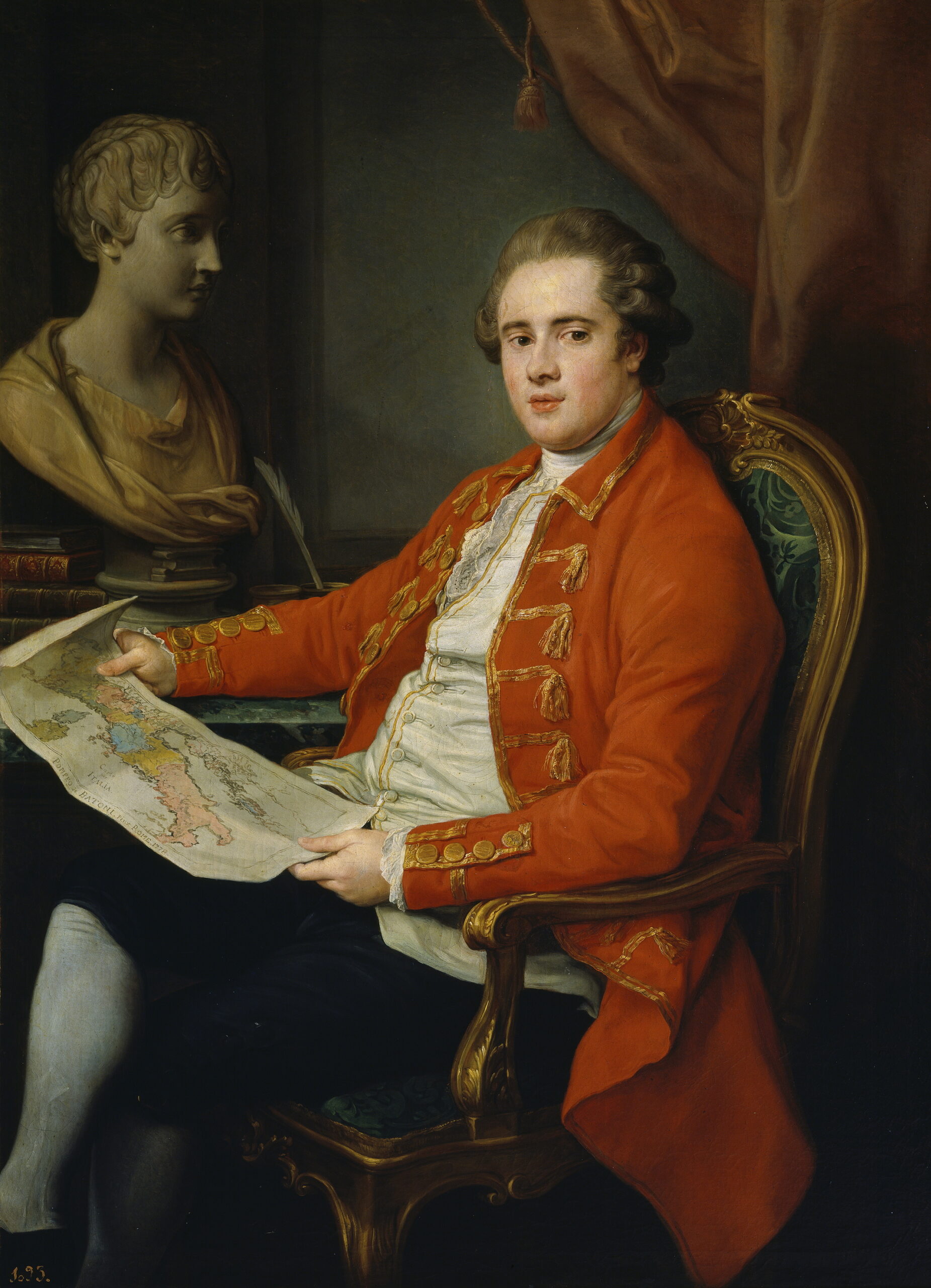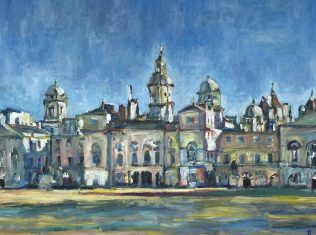Pictures
Volcanic Adventures….
George Legge, Viscount Lewisham, 1778 by Pompeo Batoni
The Grand Tour was a rite of passage for swathes of the British aristocracy. Many keenly embarked on what could be the adventure of a lifetime and tasted all that Europe and beyond had to offer, from the ancient pots of Greece to the Fleshpots of Italy. As well as popping into the odd good Italian tailor – even the most inbred ‘milordy’ could end up stepping out like Byron’s twin brother, particularly if painted by Batoni – he had also to at least feign interest in cultures past. After all, his parents would expect a good educational reason for spending exorbitant sums over months of travel. To this end and a bit more exciting than old Grecian pots, nothing more got the temperatures rising and the pulses racing as an ascent of that theatrical of all volcanoes, Vesuvius.

The Bay of Naples
In the 18th century, Naples was one of Europe’s great cities and a definite stop off point on a tour. Nestled in the Gulf of Naples on the western coast of the Italian peninsula, the city featured Italy’s largest opera house and spectacular vistas of the bay and Mount Vesuvius. Naples was considered by tourists to be a stimulating diversion from the ponderous history and splendour of Rome and nearby they could see the newly excavated remains of Herculaneum and Pompeii – ancient cities buried by lava in the first century A.D.
In early maps and views Vesuvius is central and monumental. Tiny towns cluster below the volcano, vulnerable in the paths of lava. For the more fortunate visitor, William Hamilton – husband of Emma, Nelson’s mistress, and an amateur scientist – led expeditions of hardy tourists to the rim whist it was active – it rumbled away like a kettle warming to the boil many times that century and lives were lost by those not careful enough. To these early adventurers Vesuvius was ultimately like a gigantic and beautiful curiosity that could only be collected in physical specimens or in reproductions such as paintings and prints.
One such depiction of this most graceful, yet violent, of vistas is captured by a 19th century artist in fine detail and can be seen in the gallery. It, no doubt, was brought back to England after one such milordy’s grand tour to act as a careful reminder of what death defying feats he had undertaken.
Vesuvius
Neapolitan School – A 19th century View of Vesuvius





